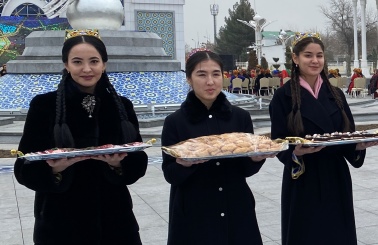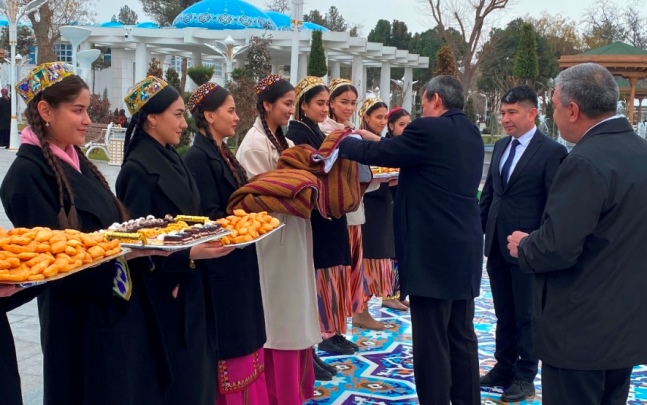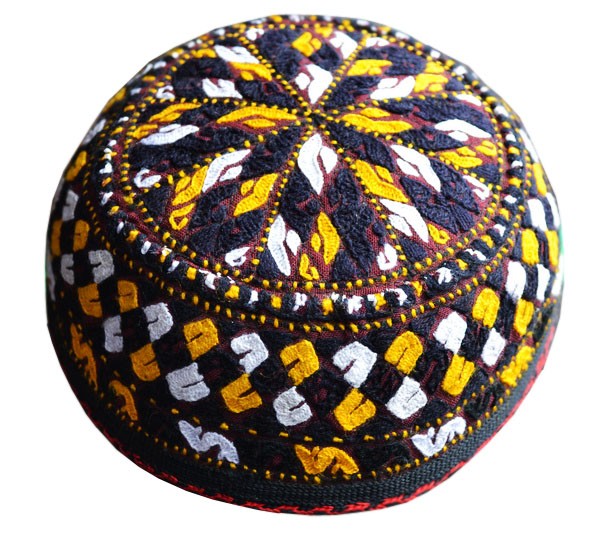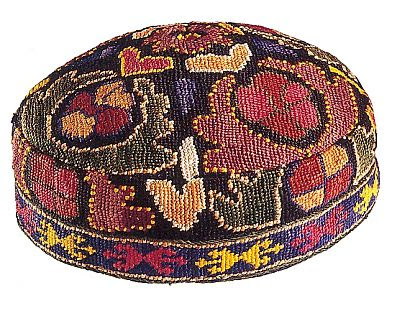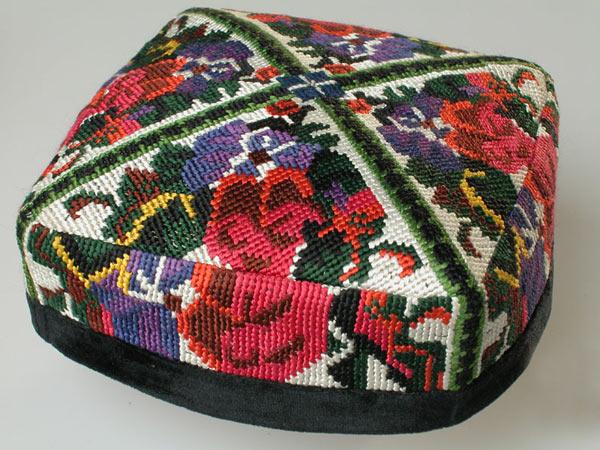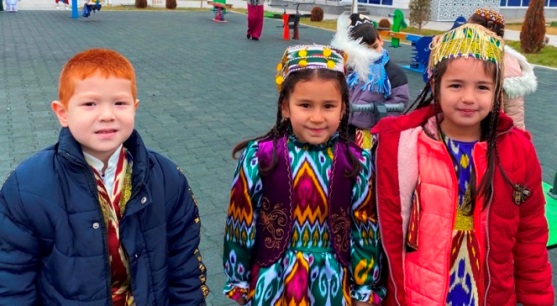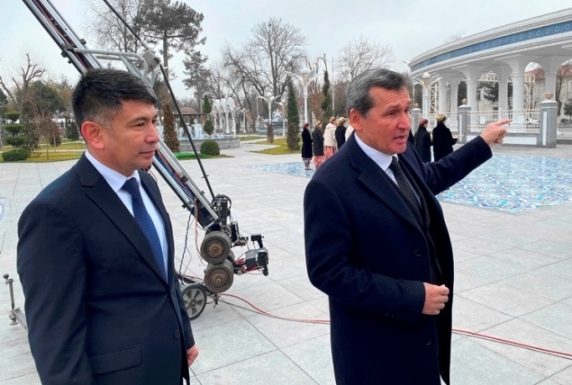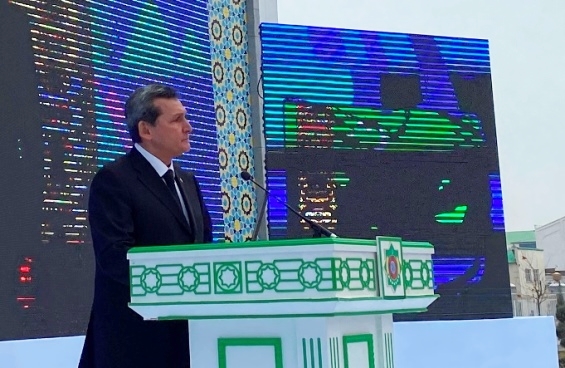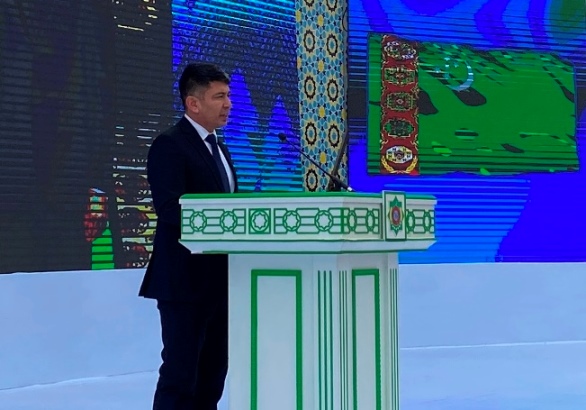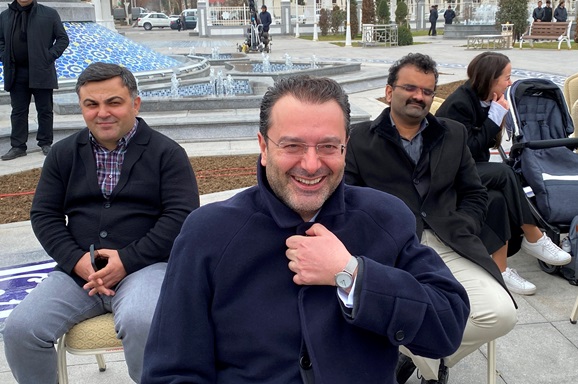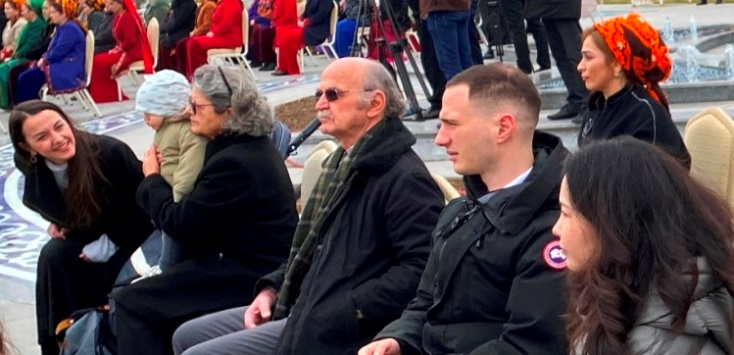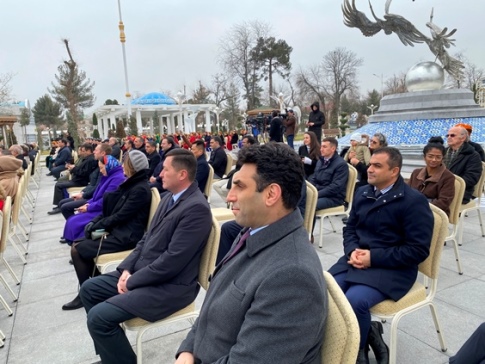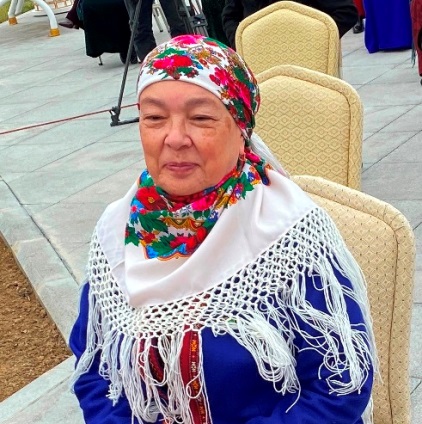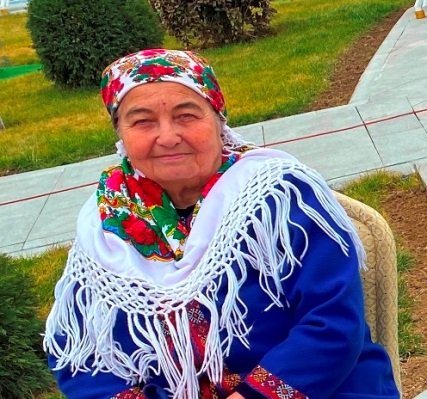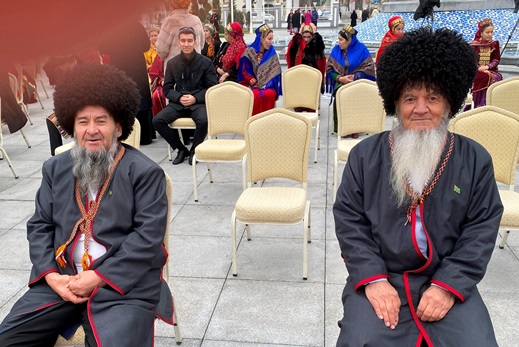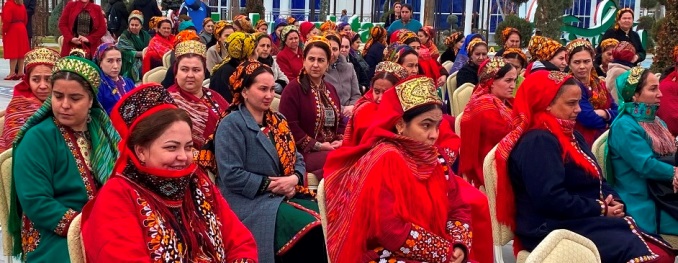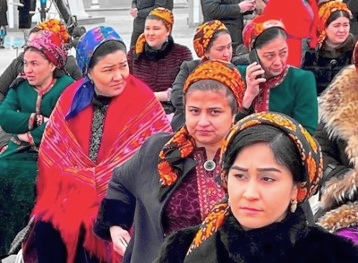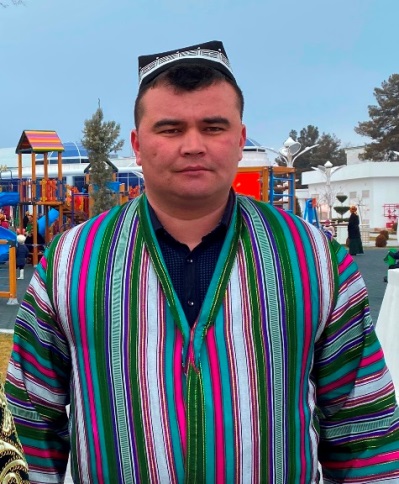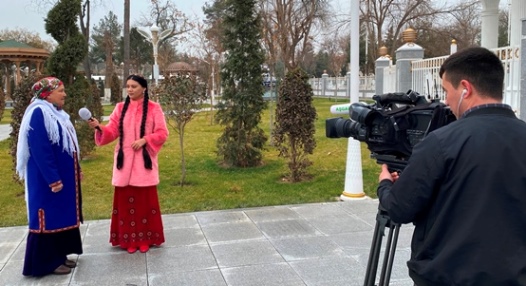On Friday, 3 February 2023, the embassy of Uzbekistan, in cooperation with the foreign office and ministry of culture of Turkmenistan, hosted a ceremony to mark the 30th anniversary of diplomatic relations between the two countries.
In the non-stop news cycle, the instinct is to cover and report an event and move on to the next. However, from time to time, it is important to see and not just look.
As we covered the event, we tried to see, and in doing so we felt the need to water the roots. This is necessary to maintain the freshness of the perspective.
Ambassador Akmaljon Kuchkarov of Uzbekistan was the host. The Turkmen side was represented by a number of senior officials, led by Rashid Meredov, the deputy prime minister and foreign minister of Turkmenistan.
The speeches from both sides expressed satisfaction at the fast pace of growth in the partnership.
Both sides mentioned that the centuries-old ties in cultural, fraternal, spiritual spheres, provide a solid foundation on which to keep building the mutually beneficial interaction at all levels.
For anyone just looking but not seeing, not listening but just hearing, these would sound like stock phrases. Nevertheless, here we must pause a bit and dig into their significance.
In the picture above, the wonderful girls are standing with trays of welcome snacks, mainly the chorek (thick Turkmen flatbread) and pishme (fried pieces of salted loaf).
This is the standard ritual before the start of most events. Its roots go deep into the past — If you have tasted salt in someone’s yurt, you will never betray them, never do harm to them.
The host, in offering the salt makes the same commitment to the guest.
Now, please look at the picture again.
Two of the girls, carrying the chorek wrapped in camel-wool cloth, have the Turkmen skull cap on their heads. It is called Tahiya (also Taqiya).
The other girls in the picture are wearing the Uzbek skull cap, called Tubeteika.
Here is a close look at both Tahiya and Tubeteika:
This is a Tahiya. It is a common headgear for both women and men in Turkmenistan. The unmarried females wear Tahiya and the married women have other forms of headgear as we will see in pictures later in this report.
This is a Tubeteika.
This is another form of Tubeteika. There are many shapes and designs of Tubeteika and it is worn by both women and men in Uzbekistan.
At first glance Tahiya and Tubeteika look entirely different forms of headgear. But when we start seeing how the patterns work, we notice the similarities in approach, though not in the end product.
This is unity in diversity. This is one of the things we refer to when we talk of the shared culture.
Now, look at the picture above. The girls are wearing different forms of Uzbek headgear. This should giver some idea of the vast possibilities of Tubeteika.
The boy is a whole story in himself. His father is an ethnic Turkmen from Afghanistan who moved to Pakistan as a refugee. He established a successful business there. Subsequently he came over to Turkmenistan and got the nationality and grew his roots, yet again, as a businessman with trade relations with several countries including Uzbekistan.
The boy, even though Turkmen, is wearing the Uzbek scarf under his thick jacket.
As we know, you can be insider to only one culture – that of your own. However, this mega-region from Northern India to Yakutia in Russia, from Xinjiang to Turkiye, has wide overlaps of culture, like a tastefully woven quilt. This is another one of the things we speak of when talking of the common cultural ties.
Since we are speaking in the context of the ceremony that took place on 3 Feb to mark the 30 years of Turkmen-Relations, we will limit to the common ties in history between these two countries.
The territory of both the countries has been the part of a common empire several times in history. The most notable is the Great Seljuk dynasty.
Amir Temur (Tamerlane for some), the national hero of Uzbekistan, also had parts of present-day Turkmenistan in his unnamed empire.
The exclusion in the case of Seljuk and Timurid dynasties, and other empires, is the vast Karakum desert that was hardly ever a part of any of the empires.
The mother of Ulugbek, the most enlightened king of the Timurid dynasty, was a Turkmen, the daughter of the Sufi clan that still has presence in some parts of Turkmenistan and Uzbekistan.
As we are trying to use the occipital lobe, the back part of the brain that is involved with vision, we can see how the spiritual ties between the two countries, actually the entire region, work.
The mausoleum of Hoja Yusuf Hamdani is in the ancient city of Merv, which is the present-day Bayramali in Turkmenistan. He is considered the saint of saints.
Among his direct and indirect disciples are Hoja Baha’ al-Din Naqshband (Uzbekistan) and Hoja Ahmet Yesevi (Kazakhstan).
The Naqshbandi Order, founded by Hoja Baha’ al-Din Naqshband, is the most widespread Sudi Order in the world.
Imam Mohammad al-Bukhari is buried in Uzbekistan. He is the compiler of Sahih Bukhari, the most authentic collection of Hadith (traditions of The Holy Prophet PBUH) according to the Sunni branch of Islam.
The vast majority of Muslims in Central Asia adheres to the Sunni interpretation of Islam.
The intellectual and creative heritage is also common between Turkmenistan.
Alisher Navoi, the author-poet-king is equally revered in Turkmenistan and Uzbekistan. Among other things, he is the author of one of the versions of the epic Shirin-Farhad. His statue stands in the Ilham Park in Ashgabat.
Farabi, who came up with the theory of evolution about a thousand years before Darwin, is equally respected in every country of Central Asia. Kazakhstan has a major university named after him. According to Farabi, the species evolve within themselves – a date palm will be a better date palm, a cat will be an evolved cat, but they will not transition into another species.
These fleeting references are only a tiny bit of what we mean when we talk of ‘cultural, historical, fraternal, intellectual and spiritual ties going back to centuries’ — Not just in the case of Turkmenistan and Uzbekistan but in every event involving the countries of this mega-region.
The common roots provide the wide base for partnership today, among all the countries of this mega-region, on bilateral and multilateral basis.
The picture above is a slice of how the sub-cultures merge to give rise to a super-culture where the sum total is more than its component parts. This a scene of the ethnic Turkmen and Uzbek children performing during the concert on the occasion of the 30th anniversary of the diplomatic relations between Turkmenistan and Uzbekistan. /// nCa, 6 February 2023 [All pictures copyright nCa except pictures of skull caps]
Here are some more pictures from the event:
